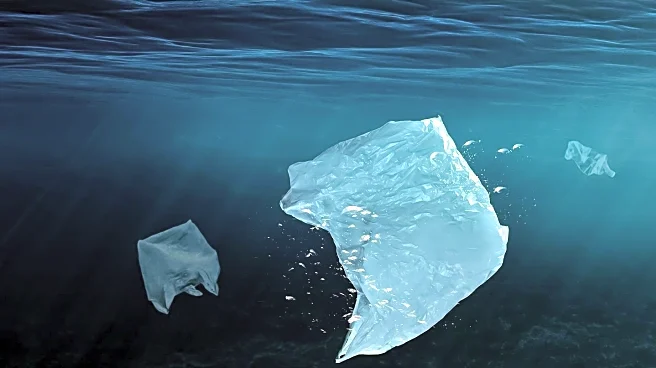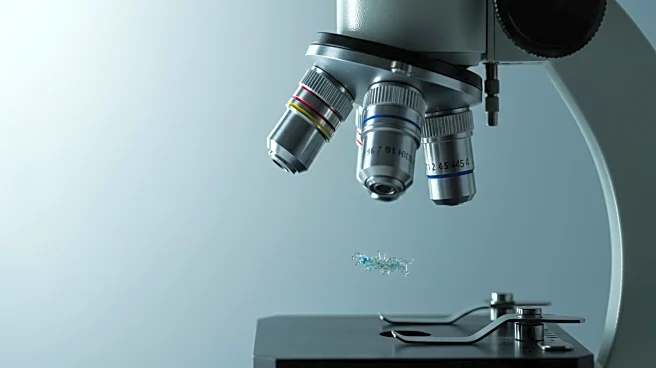What is the story about?
What's Happening?
Researchers have identified the presence of microplastics in various parts of the human body, raising concerns about their potential health impacts. Despite the widespread presence of microplastics, there have been no human trials to definitively prove their detrimental effects on health. A study published in Nature Reviews Bioengineering outlines best practices for quantifying and analyzing microplastics in biological samples. The study highlights the challenges in detection techniques, which are better suited for ideal media like water but face limitations in biological samples. The researchers emphasize the need for optimized strategies for digestion, separation, enrichment, and detection of microplastics, considering the diverse compositions of biological samples.
Why It's Important?
Understanding the health impacts of microplastics is crucial as they are increasingly found in human bodies. The lack of definitive evidence from human trials leaves a gap in public health knowledge and policy. The outlined best practices could pave the way for more accurate detection and analysis, potentially leading to new health guidelines and regulations. This research is vital for industries involved in plastic production and waste management, as it may drive innovation in safer materials and practices. The findings could also influence consumer behavior and demand for products with reduced plastic content.
AI Generated Content
Do you find this article useful?













